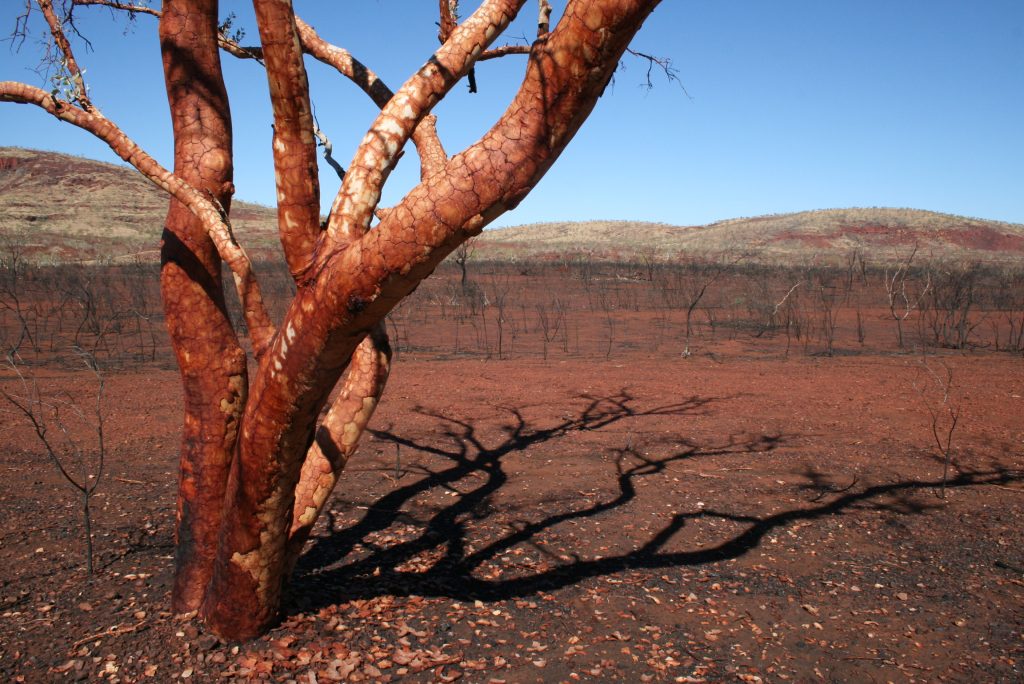
Large parts of Australia look like the above photo, beautiful in a rugged way, but quite useless for the survival of many of Australia species. Australia has a wide range of habitats, which means that there are many areas which need to be protected.
The problem is, according to this study, declaring an area protected appears to be having little change on what is happened.
1/3 of all land that is set aside for restoration and conservation, has got worse rather than better. Given the fact that so many species are just hanging on to existence, this could be very bad news.
In one area that was studied, the majority of the area was cleared paddock – a serious problem for the koala and grey-headed flying fox which called the area home.
In particular, the idea of this scheme is so called biodiversity offsetting – if you are to clear wildlife habitat, you protect a similar sized area elsewhere.
Clearly (to anyone paying attention) there needs to be some caveats:
- The new area should be as large at least (in most parts of the world, destruction of habitat requires several times as much habitat being protected elsewhere)
- The new area needs to be part of the species natural range – it is pointless to set aside part of a desert, for the future survival of a Koala. While this seems obvious, it appears to have been missed with some people.
- The new area needs to actually be protected from the same thing happening at some time in the future
- Should anything need to be done to look after the area, it must be done first (a partially deforested area of forest does not replace a pristine forest.
While the report found that 55% of the sites examined had maintained environmental conditions, 30% had got significantly worse.
The report also found 25% of sites had major inconsistencies with the report, while a further 30% had minor consistencies. This suggests that the penalty for lying about the state of these areas needs to be far higher. Perhaps each offset should have a charge connected with it, which would pay for a survey of the land being lost, and the land offsetting it – to raise any issues before any work is done.
While the report is likely to have renewed pressure on the government to do the right thing, similar reports in both 2021 and 2020 raised similar issues and were ignored by the government.
Australia is a land of curiosities when it comes to its wildlife. There is much made of this in tourism advertising, but clearly much work still needs to be done, to turn planning, and good intensions into something that improves the situation on the ground.











